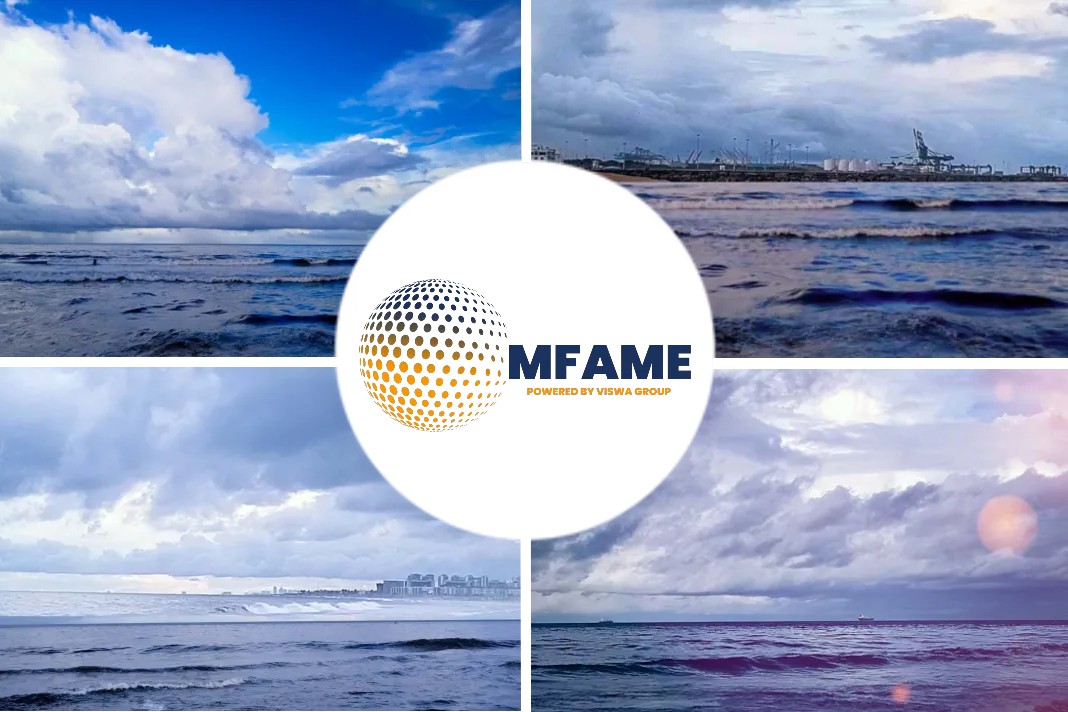Dry Bulk: Higher Than Expected Demand is Pushing Freight Rates Higher, But Supply is Also Not Falling Fast Enough for a Sustained Recovery
Dry bulk ship owners must avoid getting “caught up in the moment”, as market rates have improved significantly over the past couple of months, warns BIMCO’s Chief Shipping Analyst, Mr. Peter Sand, in an exclusive interview with Hellenic Shipping News Worldwide (www.hellenicshippingnews.com). After all, the market is still not profitable for most owners and with demolition levels already below 2016 levels, it’s the demand side that’s most likely to drive freight rates forward.
The dry bulk market has been finding additional support over the course of the past few weeks. Can you let us know which have been the main supporting factors, in terms of demand?
The dry bulk market has improved immensely over the past month. Today at 1,196 – up by some margin from the expected devastating level in early February 2017. Almost every commodity has been in higher demand, than the norm of any Q1. Chinese coal imports have been particularly strong – both thermal and coking. In spite of the suspension of the 276-day policy – unleashing more domestically produced coal – demand has been very strong – keeping imports high. US exports of soybean into China – a very long haul has been particularly good for Supramax and Panamax.
Supply-wise, are things starting to brighten up and moving towards BIMCO’s own prediction model? Is a goal of zero fleet net growth feasible this year?
The short reply is no. The supply side remains the Achilles-heel of the fundamental market balance. BIMCO’s just published 2nd update of our Road to Recovery for the dry bulk industry touch upon just that. 2019 remains on target but mainly because of the demand side improving and cost being cut even more. Is zero fleet net growth happening in 2017 – no. That’s is why it’s important to state that RtR is a projection not a forecast. BIMCO forecast the supply side to grow by some 16 million DWT on a net basis. Comprising of 35m DWT being delivered offset by 19m DWT being demolished. The closer we get to zero fleet net growth the faster we reach profitable freight rates on an industry average level.
How plausible is it to expect ship owners to double down on demolition activity, with freight rates moving upwards? So far, historical data shows that only when rates are falling, are more ships sold for scrap.
BIMCO expect only 2/3 of 2016-demolition in 2017 as the market gradually improves. In 2016 was had 29m DWT being demolished, currently 2017 is on target to meet our forecast of 19m DWT. But the better the market, the more likely it becomes that the target will not be met. It’s human nature, not rocket science that it will affect demolition interest.
In which dry bulk segment have you witnessed the most improvement in terms of fleet evolution?
By far, the Capesize segment. Being in extraordinary expansion-mode just a few years ago (2010-2012). The capesize fleet has expanded by just 20m DWT in the past three years. That development makes it possible also for the capesize freight rates to rebound, even without specifically strong growing demand for iron ore. We are beginning to see signs of a normalized development in the market. Very good.
By contrast, where do you see things more “crowded”?
The contradiction more than contrast – the Handymax fleet is expanding fast. But faring very well in terms of earnings. The Handymax fleet also expanded wildly in 2010-2012, but extended demolition never got around to include the Handymaxes. But as the bumblebee, defying gravity somewhat, the 3,500 ships strong fleet seems to suit the needs in the market particularly well, avoiding being dragged down by strong segment fleet growth. But enjoying being buoyed by overall tepid total dry bulk fleet expansion.
Moving forward, as the peak season in terms of dry bulk demand is edging nearer, how do you expect things to evolve in terms of the demand/supply equilibrium and of course freight rates?
Any market improvement must be handled with care. The BDI may be at 1,196 but that’s still not a profitable level. The industry must have a long term improvement as its focus and avoid getting ‘spirited by the moment’. Profits may evaporated shortly then. We have said it before, but it remains important to mention, this is a multi-annual task. Reversion almost a decade of market deterioration takes time.
Did you subscribe for our daily newsletter?
It’s Free! Click here to Subscribe!
Source: Hellenic Shipping News
















